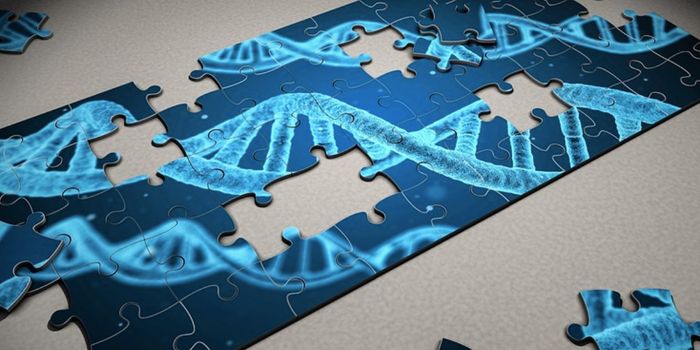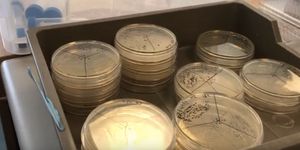In a First, Sickle Cell Patient Receives CRISPR Gene Therapy
Many human diseases can be traced back to genetic mutations. One way to cure those diseases is to repair the genetic error. But for many reasons, that is far easier said than done. Progress was made in that effort, however, when the CRISPR/Cas9 gene-editing tool was created and introduced to the biomedical research community in 2013. By 2017, Vertex Pharmaceuticals Incorporated and CRISPR Therapeutics AG announced that they were engineering a treatment for sickle-cell disease. On July 29, 2019, the therapy was used on a human patient. The disease is described in the video.
The patient was willing to be publicly identified. She is Victoria Gray, a 34-year-old mother of four that has sickle cell disease. She has suffered from bouts of agonizing pain since she was an infant, and has been unable to enjoy many normal parts of life. She received the treatment at Sarah Cannon Research Institute in Nashville, Tennessee.
"Sometimes it feels like lightning strikes in my chest and real sharp pains all over," Gray told NPR. "Sometimes, I will be just balled up and crying, not able to do anything for myself."
The genetic mutation causing sickle cell anemia impacts the bone marrow, which then erroneously generates an abnormal protein that causes red blood cells to become sticky and hard. The red blood cells can’t transport oxygen as they normally should, they get stuck in blood vessels and die too soon. That causes anemia, and eventually, the organs become severely damaged.
In this clinical research, the aberrant cells in the bone marrow were removed, and the genetic error they carried was repaired using CRISPR editing tools. CRISPR does not only make cuts in the genome to reduce gene expression. If a repair template is introduced at the same time, the genome can be altered in a very specific way (as encoded by the repair template). In this case if it works as intended, the gene carrying the mutation is fixed with a normal copy. (The edits also are not being made to cells that can be inherited by the next generation).
More patients are being enrolled in this study, which is expected to go on for years. The researchers will have to follow up with the study volunteers. First, they have to make sure that the changes they made to the bone marrow cells are resulting in the production of normal red blood cells. They will then have to learn more about how the procedure has, hopefully, improved the health of the patient, and whether there were any side effects. They’ll also want to know how long those hypothetical benefits will last.
There are also other research groups working on gene therapy for curing sickle cell disease. Learn more from the video above.
Sources: CRISPR Therapeutics, NPR








